Home>Technology>Smart Home Devices>What Is The Size Of Printer Paper In Pixels
Smart Home Devices
What Is The Size Of Printer Paper In Pixels
Modified: January 20, 2024
Discover the ideal size of printer paper in pixels for your smart home devices. Learn how to optimize your digital documents for seamless printing and display. Unlock the perfect pixel dimensions for your digital paper needs.
(Many of the links in this article redirect to a specific reviewed product. Your purchase of these products through affiliate links helps to generate commission for Storables.com, at no extra cost. Learn more)
**
Introduction
**
Welcome to the digital age, where smart home devices have revolutionized the way we interact with our living spaces. From voice-activated assistants to automated thermostats, smart home devices offer convenience, efficiency, and a touch of futuristic charm. One key aspect of this technological evolution is the seamless integration of smart home devices with printers, enabling users to effortlessly print documents, photos, and more from the comfort of their connected homes.
In this article, we will delve into the intriguing world of printer paper size in pixels, shedding light on the fundamental concepts and practical considerations that underpin this topic. Understanding the relationship between printer paper size and pixels is essential for optimizing the quality and dimensions of digital images and documents intended for printing. Whether you're a photography enthusiast, a design aficionado, or simply someone seeking to enhance their printing prowess, grasping the nuances of printer paper size in pixels will empower you to achieve outstanding results in your printing endeavors.
So, let's embark on this illuminating journey as we unravel the mysteries of printer paper size in pixels, demystifying the technical aspects and unveiling practical insights that will elevate your printing experiences to new heights. Whether you're a novice or a seasoned pro in the realm of smart home devices and printing, this article aims to equip you with valuable knowledge and actionable tips that will enrich your understanding of printer paper size in pixels and its implications in the digital age.
Key Takeaways:
- Understanding printer paper size is crucial for achieving high-quality prints. It sets the stage for visually captivating designs and ensures digital content translates seamlessly into physical prints.
- Converting printer paper size to pixels is a strategic process that harmonizes physical dimensions with digital precision. It empowers us to create stunning prints with unparalleled quality and visual allure.
Read more: How Big Is Printer Paper In Pixels
Understanding Printer Paper Size
Before delving into the realm of pixels and digital dimensions, it’s crucial to grasp the fundamental aspects of printer paper size. Standard printer paper, often referred to as letter-size paper, is commonly used for various printing purposes. In the United States and Canada, this standard size is known as “Letter,” measuring 8.5 inches by 11 inches. In contrast, the international standard for printer paper is the A4 size, which measures 210 millimeters by 297 millimeters.
Aside from these two prevalent sizes, printer paper comes in an array of dimensions, including legal size (8.5 inches by 14 inches), tabloid size (11 inches by 17 inches), and more. Each paper size serves distinct purposes, catering to diverse printing needs across industries and personal applications.
Understanding the significance of printer paper size is essential for ensuring that your digital content translates seamlessly into high-quality physical prints. Whether you’re crafting a visually captivating poster, compiling a professional report, or immortalizing cherished memories through photo prints, selecting the appropriate paper size sets the stage for a remarkable printing experience.
Moreover, the choice of paper size influences the layout, composition, and visual impact of your printed materials. A larger paper size provides ample space for expansive designs and detailed imagery, while a compact size may be ideal for concise documents and vibrant snapshots. By aligning your digital content with the optimal paper size, you can harness the full potential of your smart home printer and elevate the impact of your printed output.
As we navigate the intricate landscape of smart home devices and printing technologies, understanding the nuances of printer paper size serves as a cornerstone for unlocking the full potential of your digital creations. With this foundational knowledge in place, we are poised to explore the convergence of printer paper size and pixels, unraveling the transformative power of digital dimensions in the realm of printing.
The size of printer paper in pixels depends on the resolution of the image. For example, a standard 8.5×11 inch paper at 300 pixels per inch would be 2550×3300 pixels. Always consider the resolution when determining the size in pixels.
Converting Printer Paper Size to Pixels
As we venture into the digital realm, the convergence of printer paper size and pixels becomes a pivotal consideration for optimizing the quality and visual integrity of digital content intended for printing. Converting printer paper size to pixels entails a strategic approach that harmonizes the physical dimensions of paper with the digital precision of pixels, ensuring a seamless transition from screen to print.
One of the key factors in this conversion process is the resolution, often denoted in pixels per inch (PPI) or dots per inch (DPI). Resolution plays a crucial role in defining the clarity and detail of digital images, directly impacting their fidelity when translated into physical prints. When determining the optimal resolution for a specific printer paper size, it’s essential to strike a balance between crispness and file size, optimizing the visual appeal while maintaining efficient digital storage.
To convert printer paper size to pixels, we must consider the resolution requirements for achieving exceptional print quality. For instance, a standard A4 paper size, measuring 210 millimeters by 297 millimeters, typically pairs well with a resolution of 300 PPI for high-quality prints. By multiplying the dimensions of the paper by the chosen resolution, we can ascertain the corresponding pixel dimensions that align with the physical size of the paper.
For example, the A4 paper size, when converted to pixels at 300 PPI, translates to approximately 2480 pixels by 3508 pixels. This calculation accounts for the meticulous detail and visual fidelity required to produce stunning prints that faithfully capture the essence of digital content.
Moreover, understanding the interplay between printer paper size and pixels empowers us to tailor our digital creations to the precise specifications of our smart home printers. Whether we’re crafting captivating graphics, designing immersive layouts, or curating striking photographs, aligning our digital content with the optimal pixel dimensions ensures that our printed output exudes unparalleled quality and visual allure.
By embracing the art of converting printer paper size to pixels, we embark on a transformative journey that bridges the realms of digital creativity and physical manifestation. This seamless integration of dimensions and resolution heralds a new era of printing precision, where every pixel harmonizes with the tangible canvas of printer paper, bringing our digital visions to life with unparalleled clarity and impact.
Conclusion
In conclusion, the fusion of smart home devices and printing technologies has ushered in a dynamic era of digital creativity and seamless print experiences. As we’ve navigated the intricate landscape of printer paper size in pixels, we’ve unveiled the profound significance of aligning digital dimensions with the physical canvas of printer paper. This convergence empowers us to craft captivating visuals, compelling designs, and cherished memories that transcend the digital realm and materialize as stunning prints within our connected homes.
Understanding printer paper size, from the ubiquitous letter and A4 sizes to the diverse dimensions catering to specialized printing needs, forms the bedrock of our printing endeavors. Selecting the optimal paper size sets the stage for a transformative printing experience, where every detail and nuance of our digital content is faithfully preserved and exquisitely rendered on the tangible medium of paper.
Moreover, the art of converting printer paper size to pixels exemplifies the harmonious interplay between digital precision and physical manifestation. By leveraging the strategic alignment of resolution and dimensions, we orchestrate a symphony of pixels that coalesce into breathtaking prints, each bearing the hallmark of meticulous detail and visual splendor.
As we embrace the boundless possibilities of smart home devices and their seamless integration with printers, the journey of exploring printer paper size in pixels becomes a testament to our commitment to excellence in every facet of our digital and physical creations. Whether we’re immortalizing cherished moments in vibrant photo prints, curating compelling visual narratives, or presenting professional documents with unparalleled clarity, the marriage of printer paper size and pixels elevates our printing prowess to new heights.
In the tapestry of smart home devices and printing technologies, the canvas of printer paper beckons us to infuse it with the essence of our digital visions, transcending pixels to yield tangible masterpieces that enrich our living spaces. With each print that emerges from our smart home printers, we celebrate the seamless convergence of digital ingenuity and physical artistry, a testament to the transformative power of printer paper size in pixels.
So, let us continue to explore, innovate, and create, leveraging the synergy of pixels and paper to weave a tapestry of visual marvels that enrich our lives and elevate the art of printing within the realm of smart home devices.
Frequently Asked Questions about What Is The Size Of Printer Paper In Pixels
Was this page helpful?
At Storables.com, we guarantee accurate and reliable information. Our content, validated by Expert Board Contributors, is crafted following stringent Editorial Policies. We're committed to providing you with well-researched, expert-backed insights for all your informational needs.
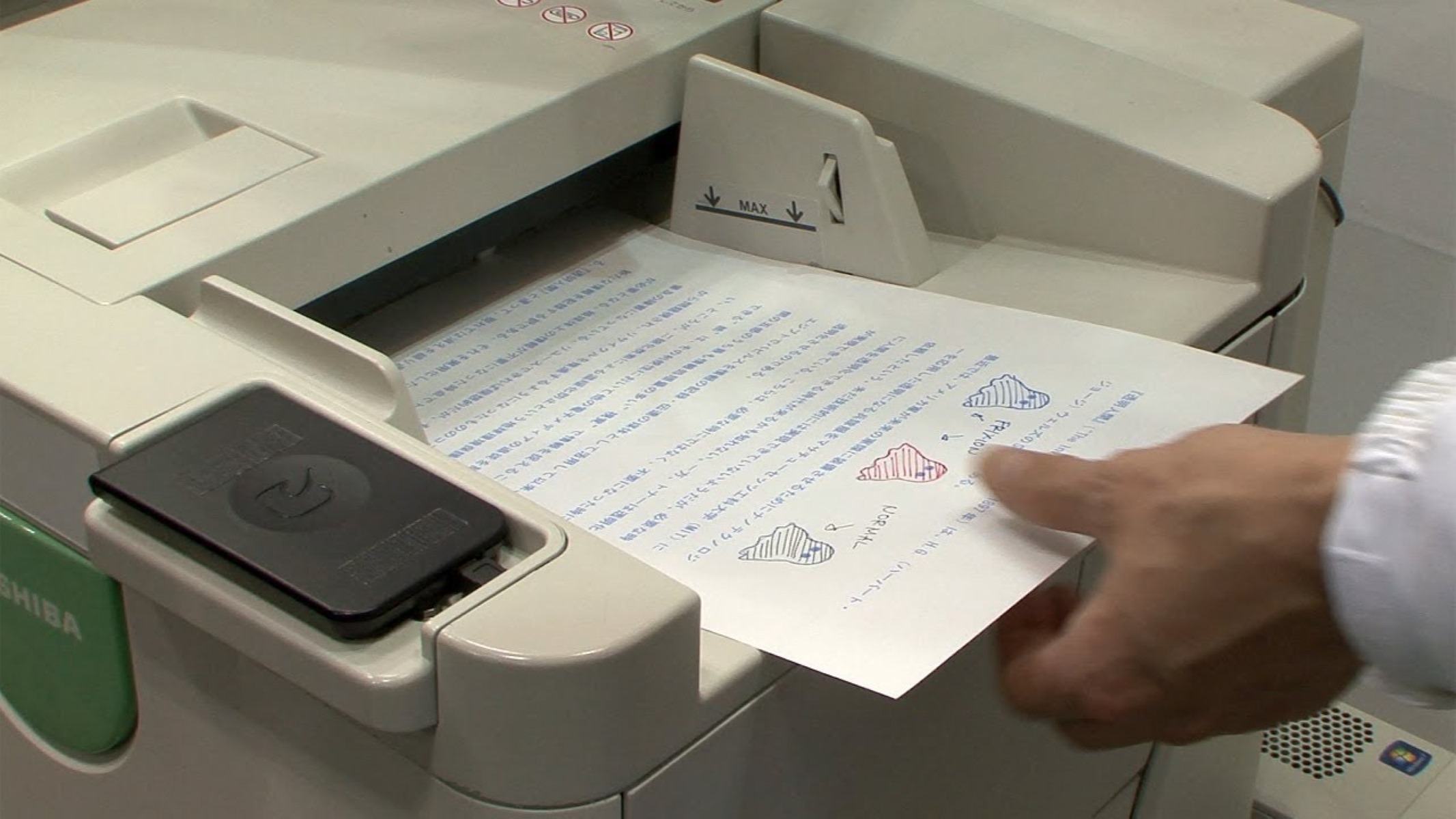
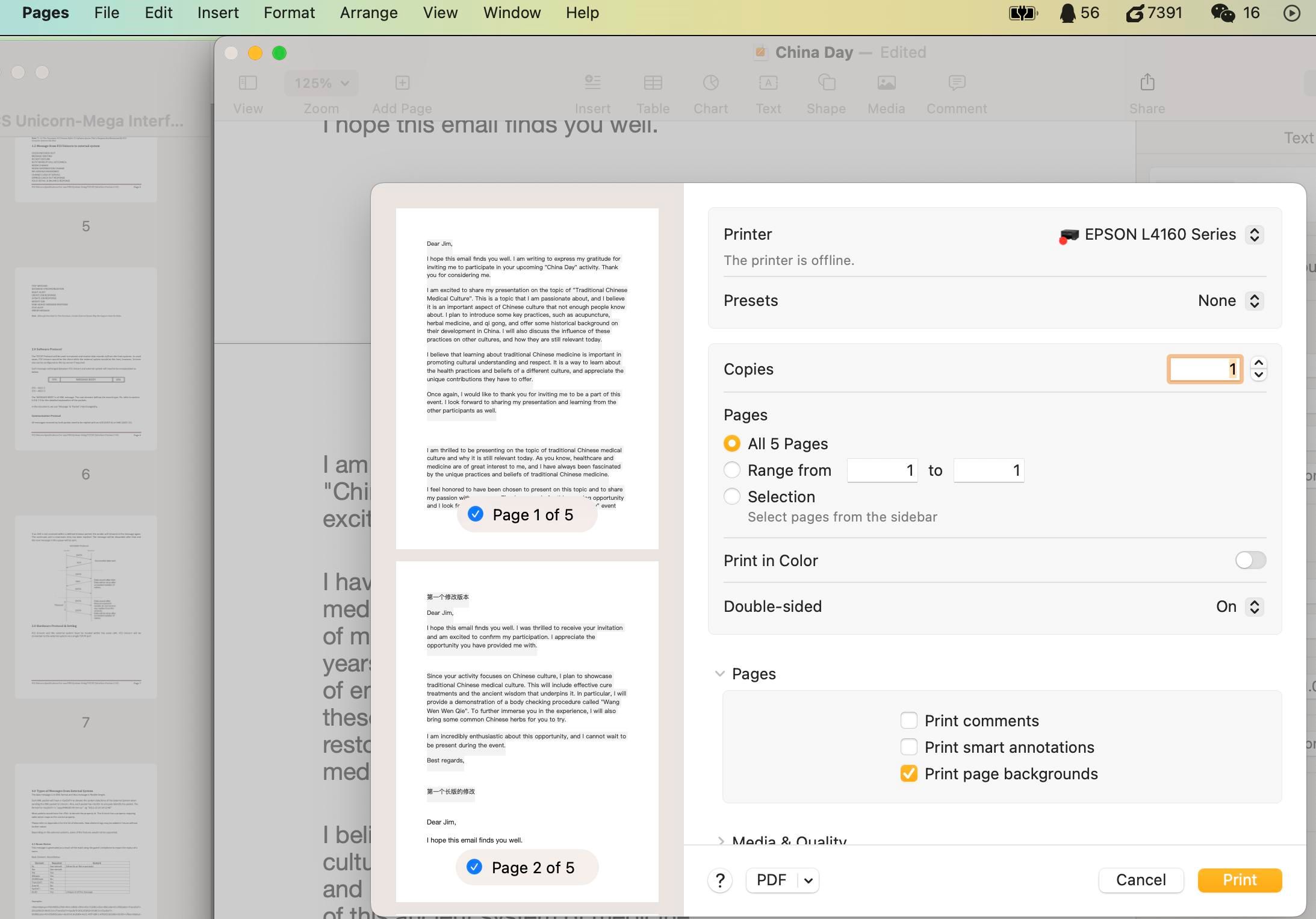
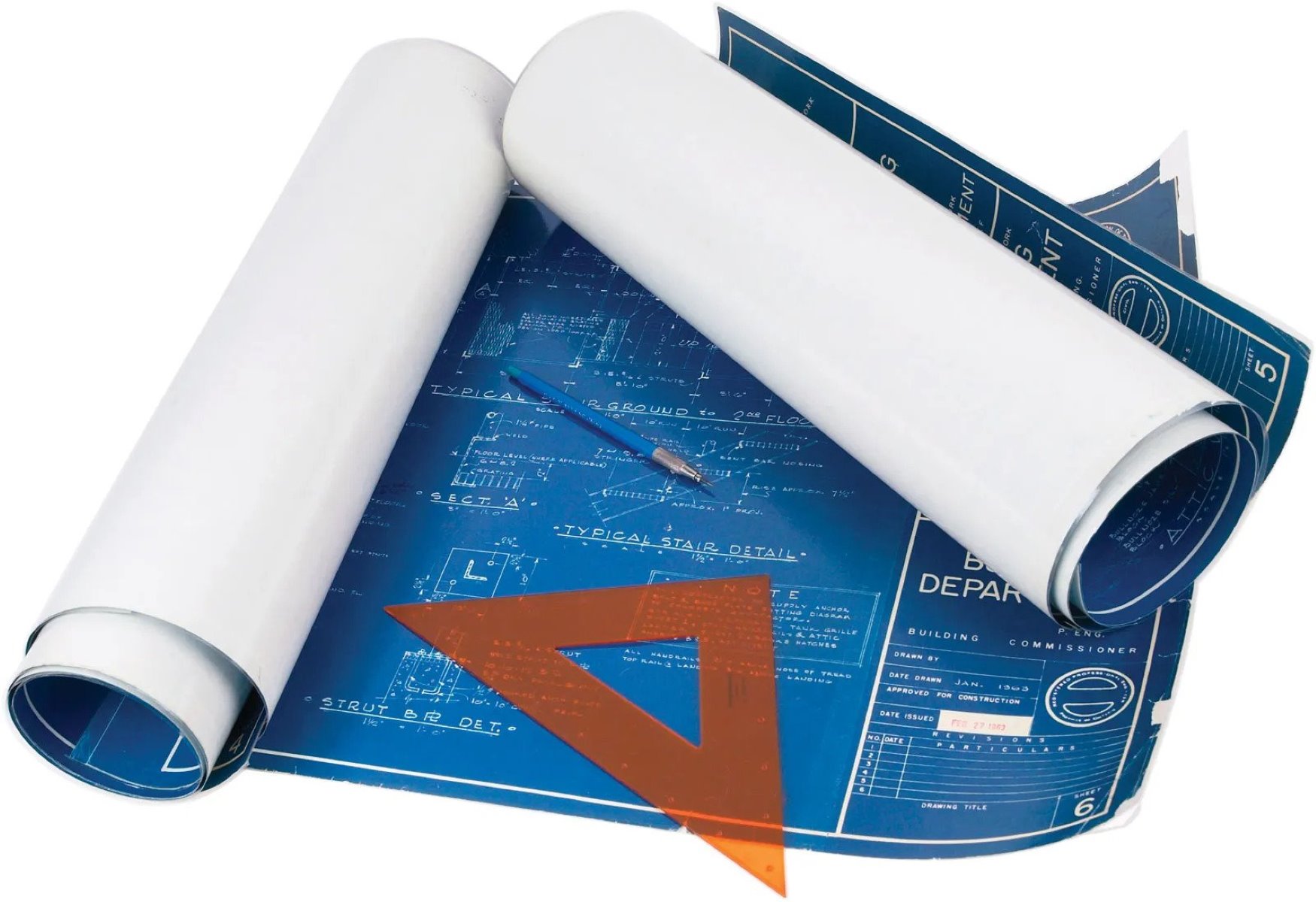
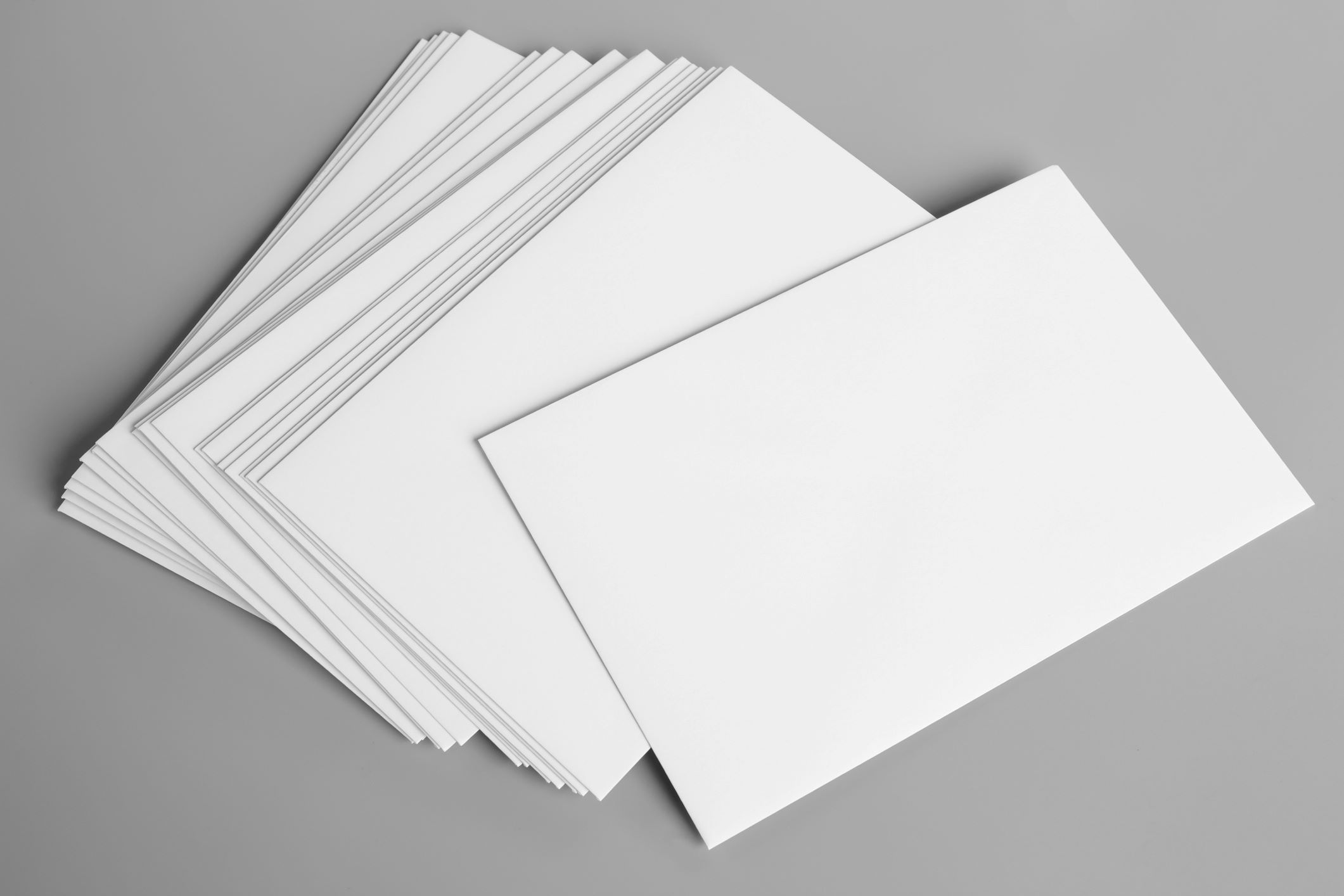
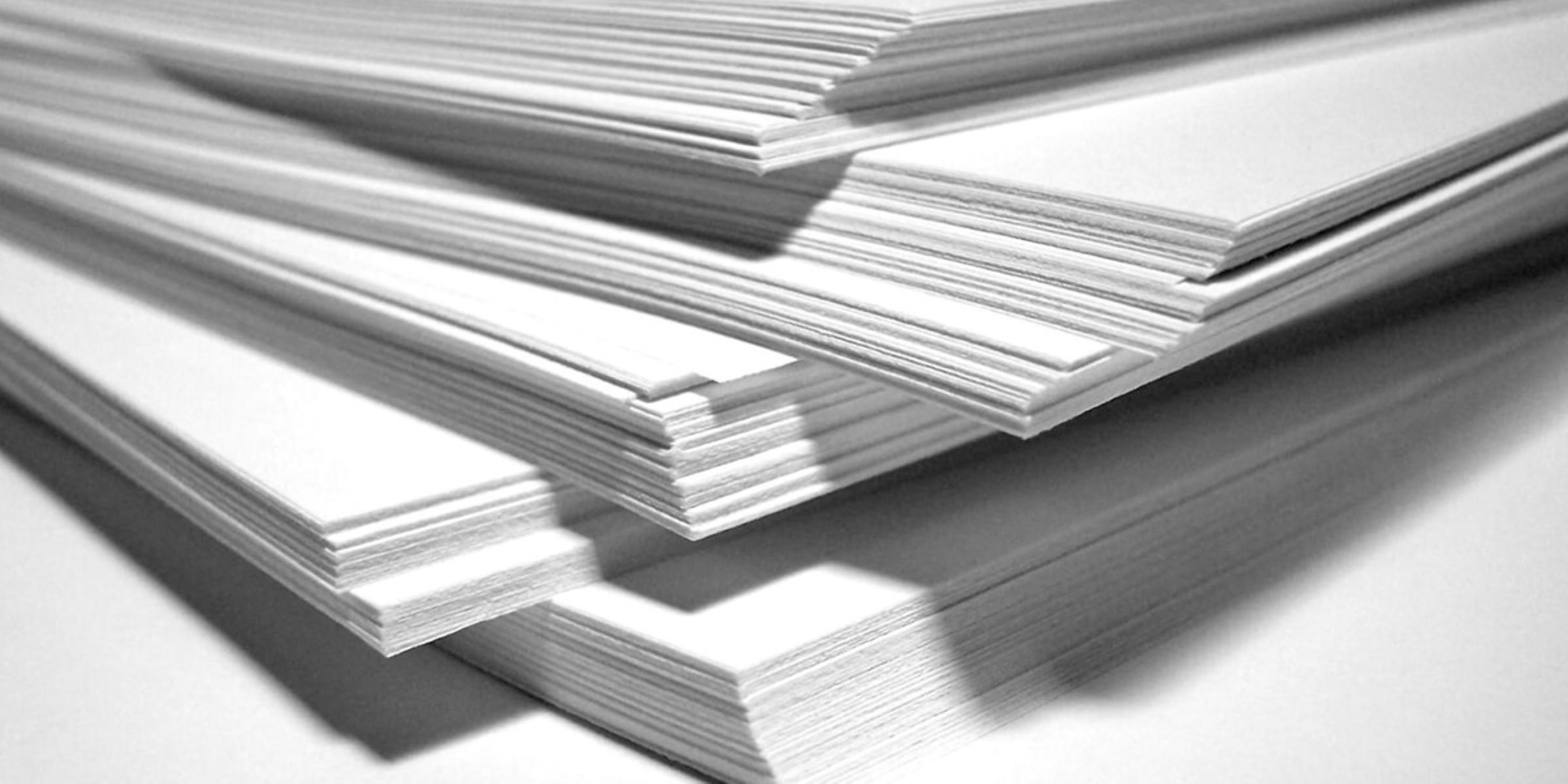
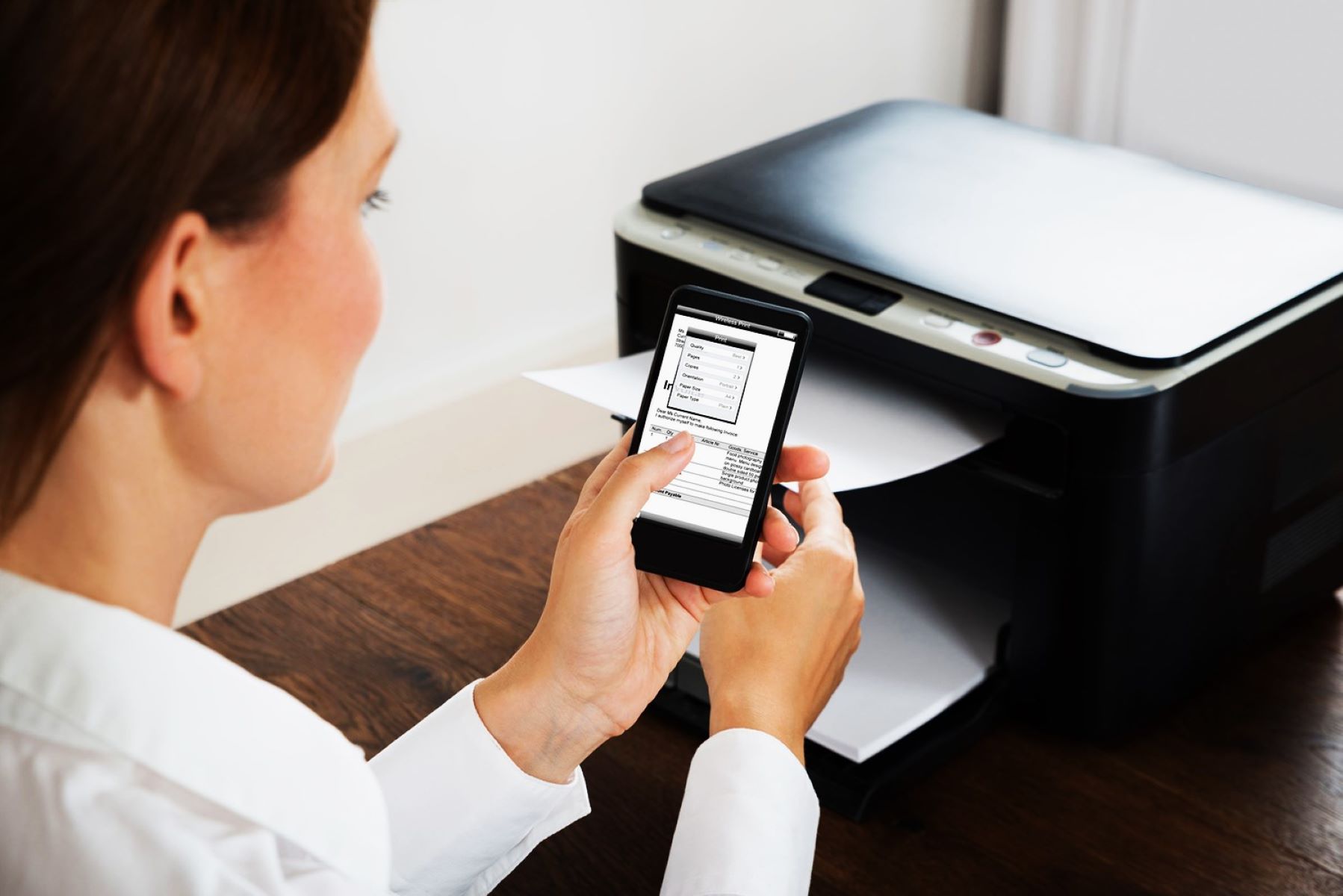
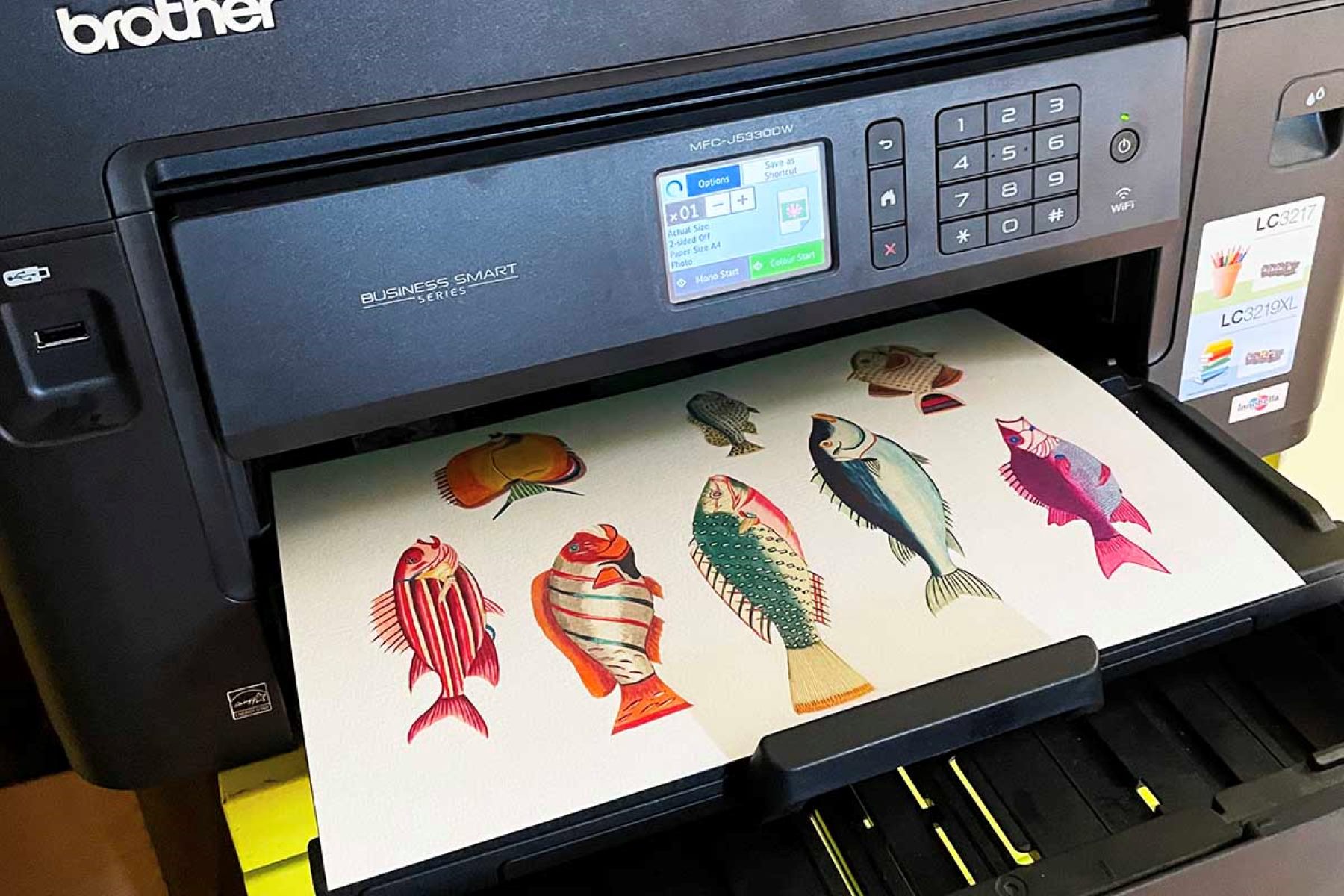
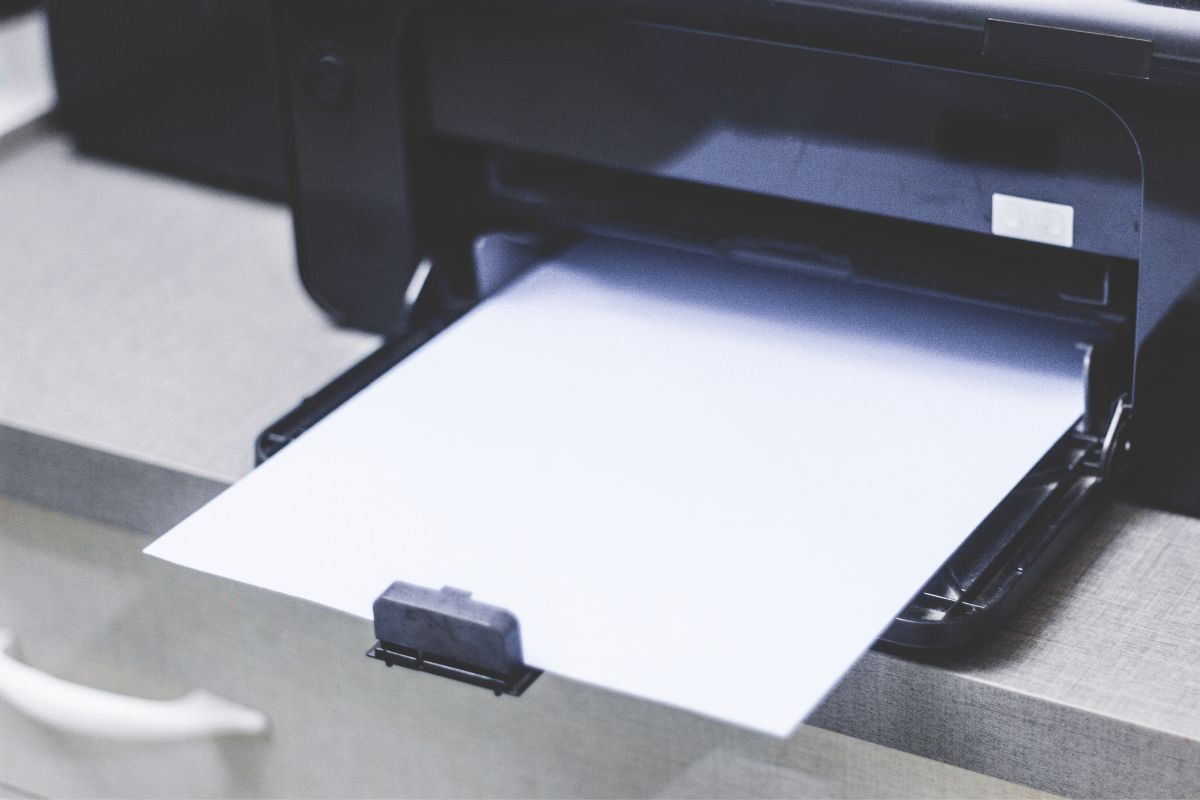
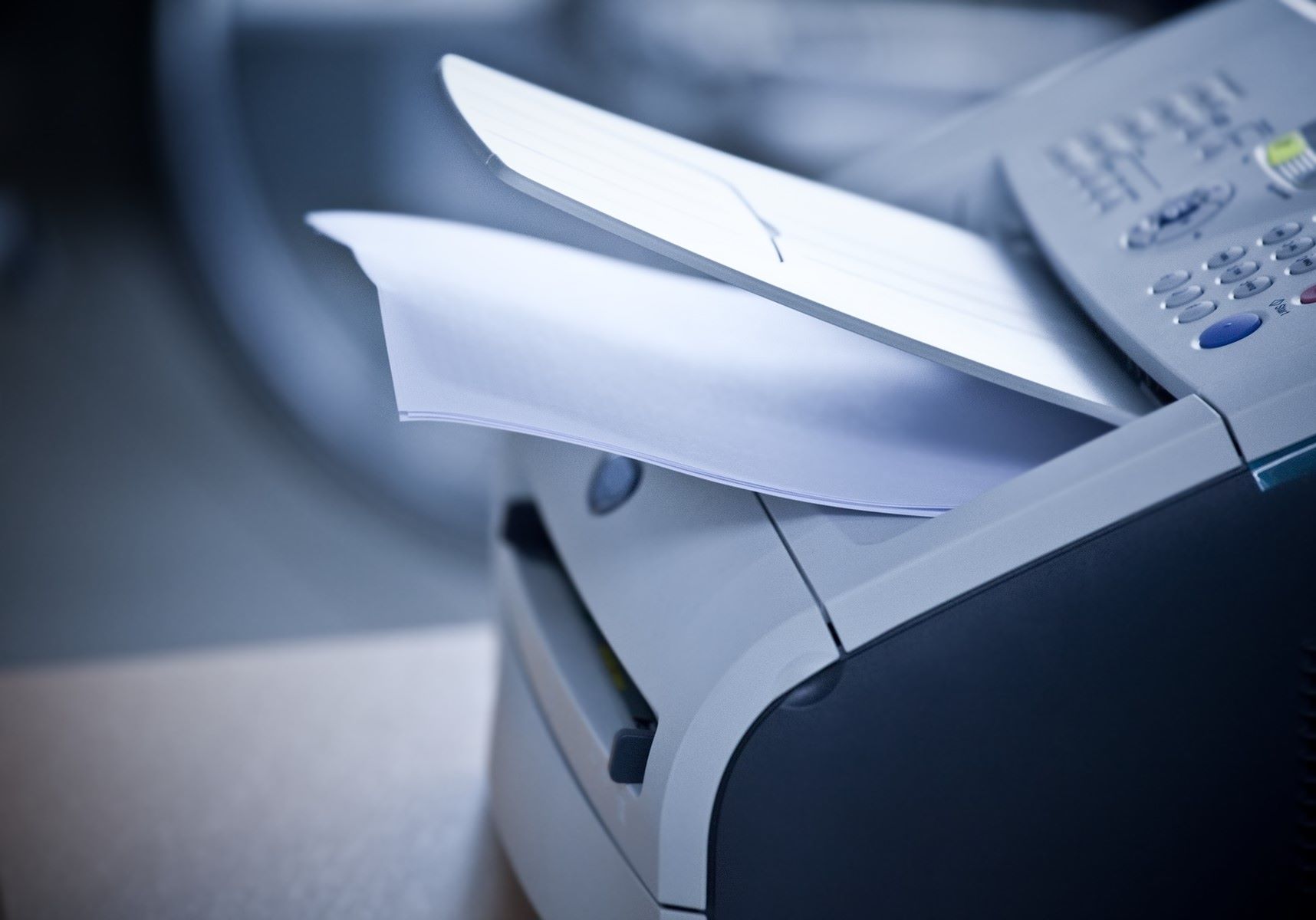
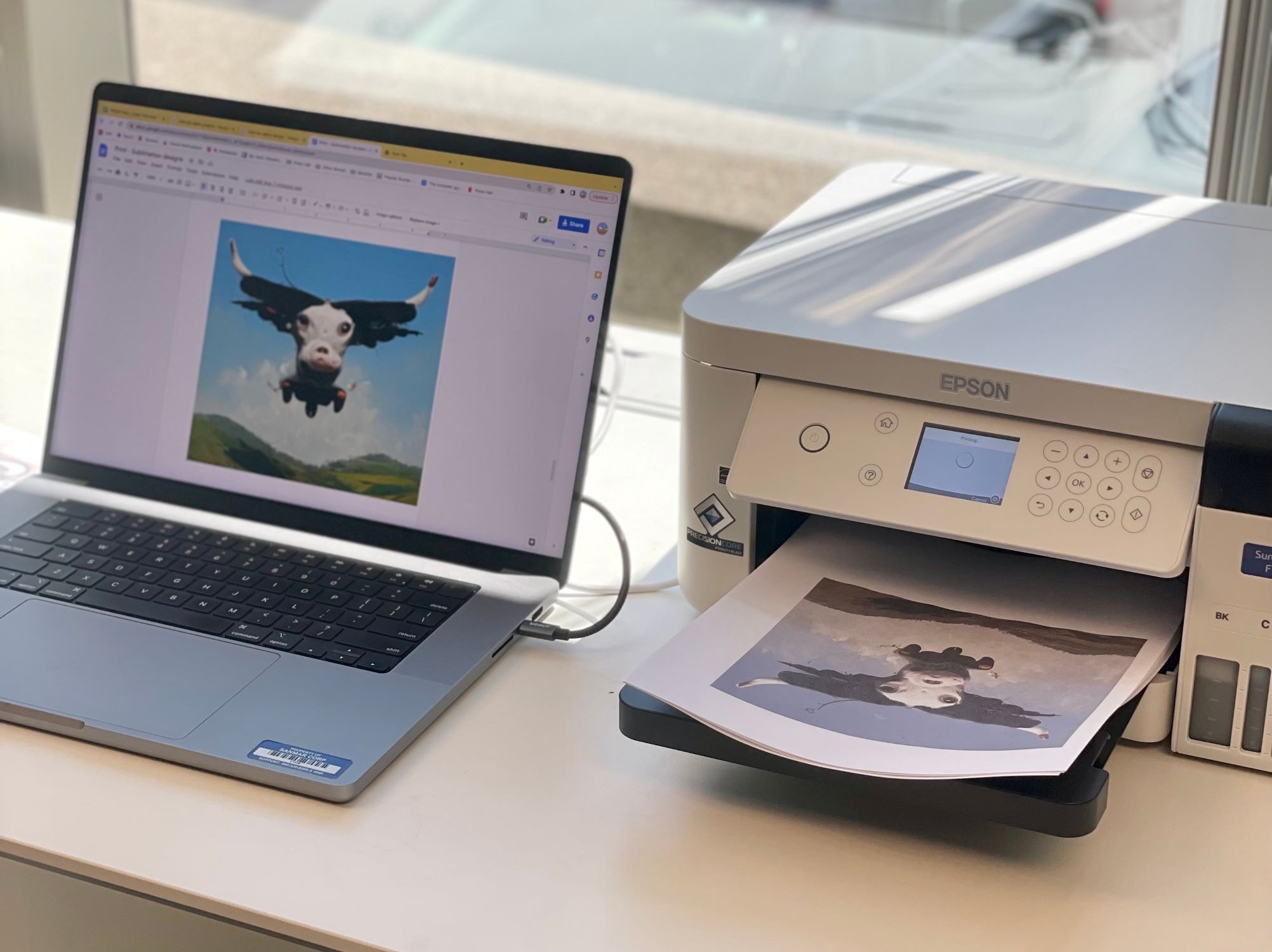
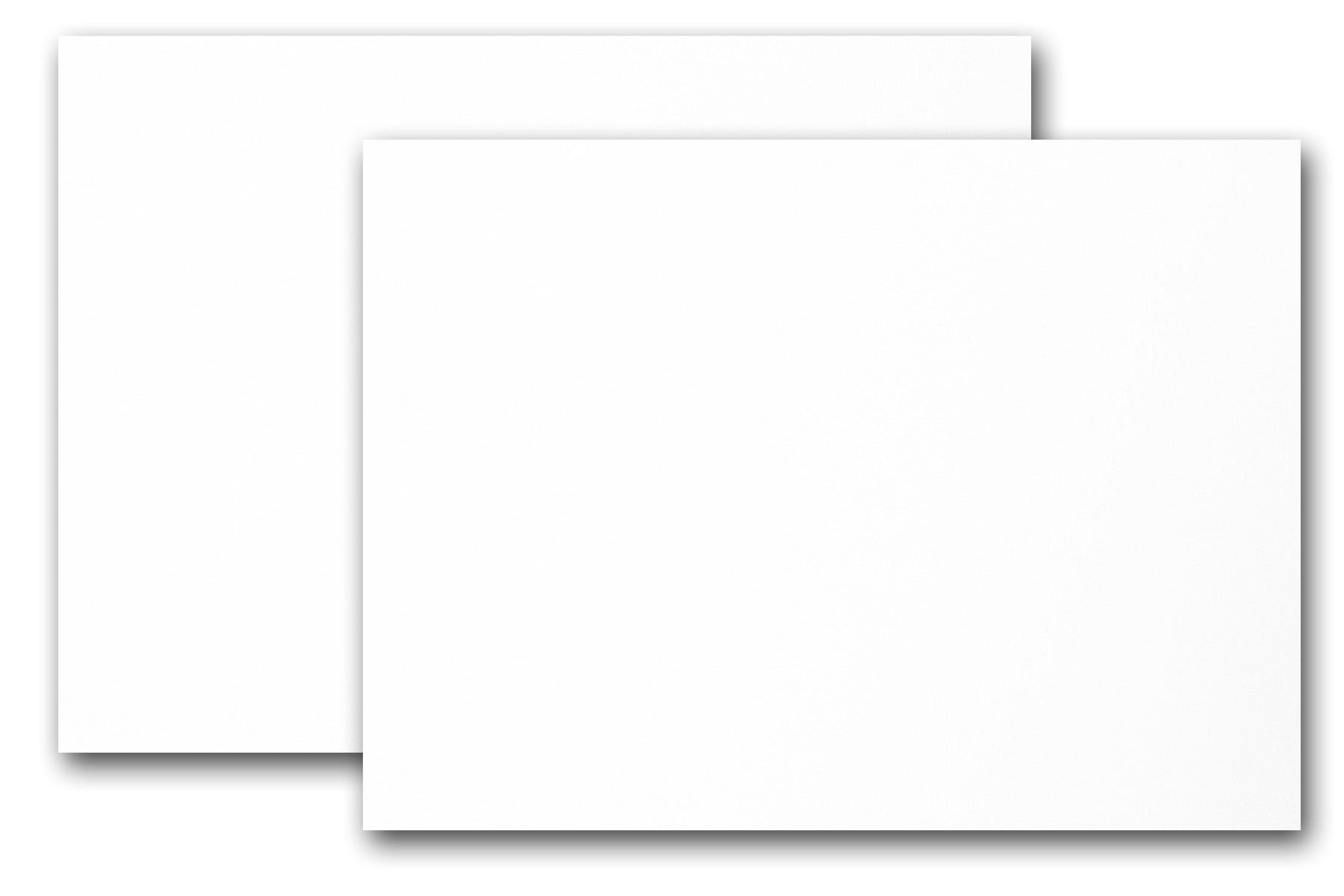
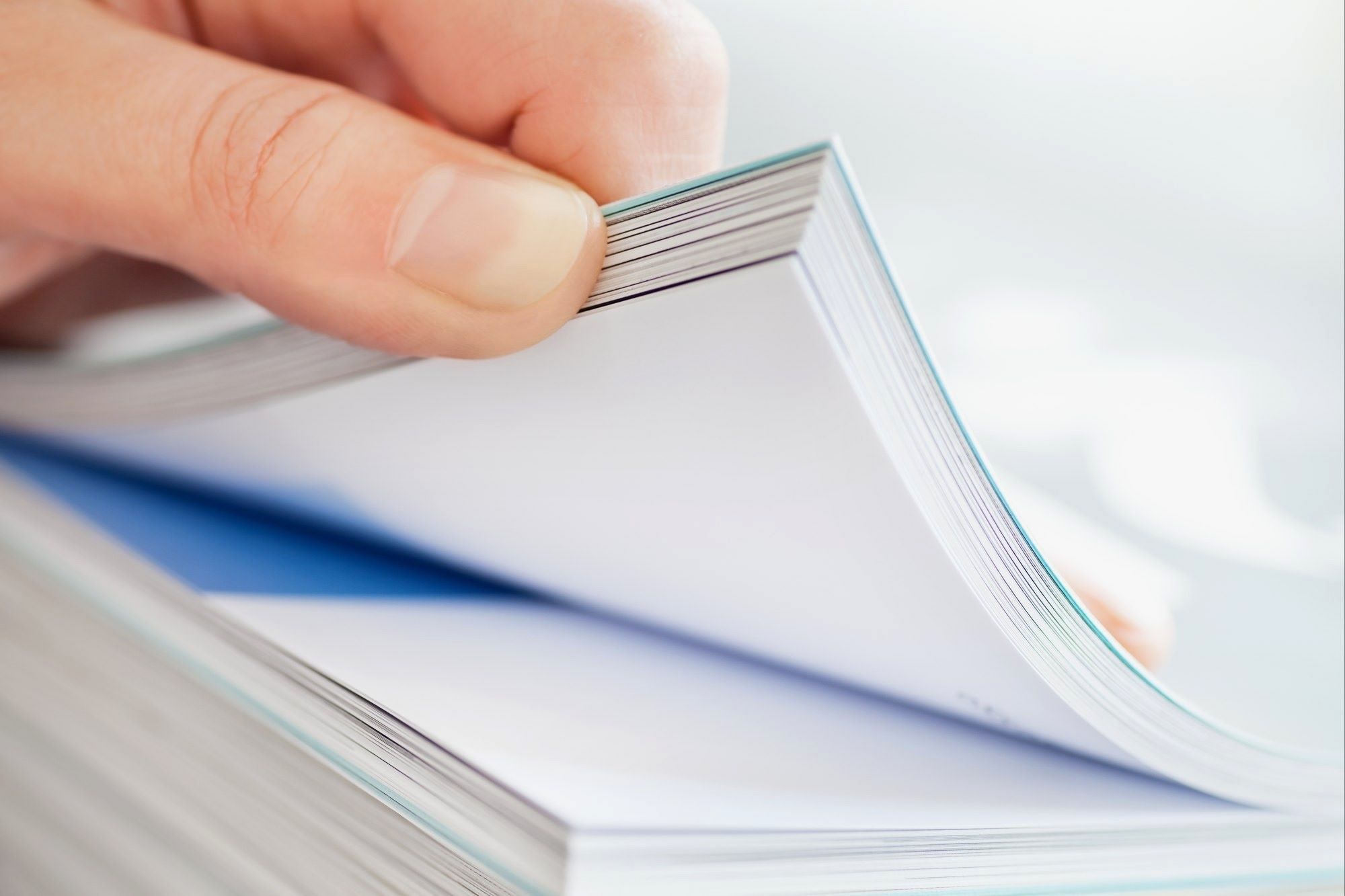
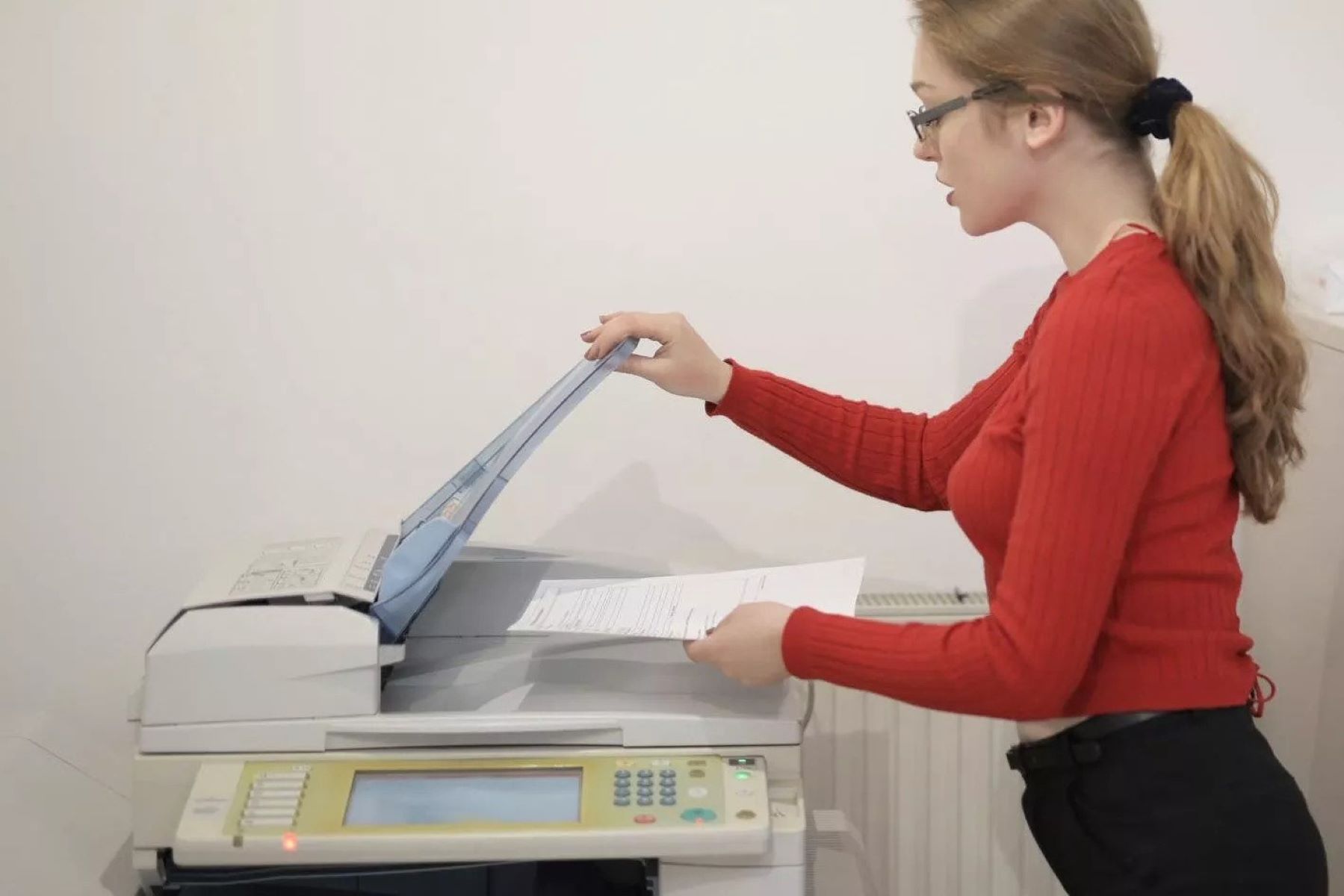
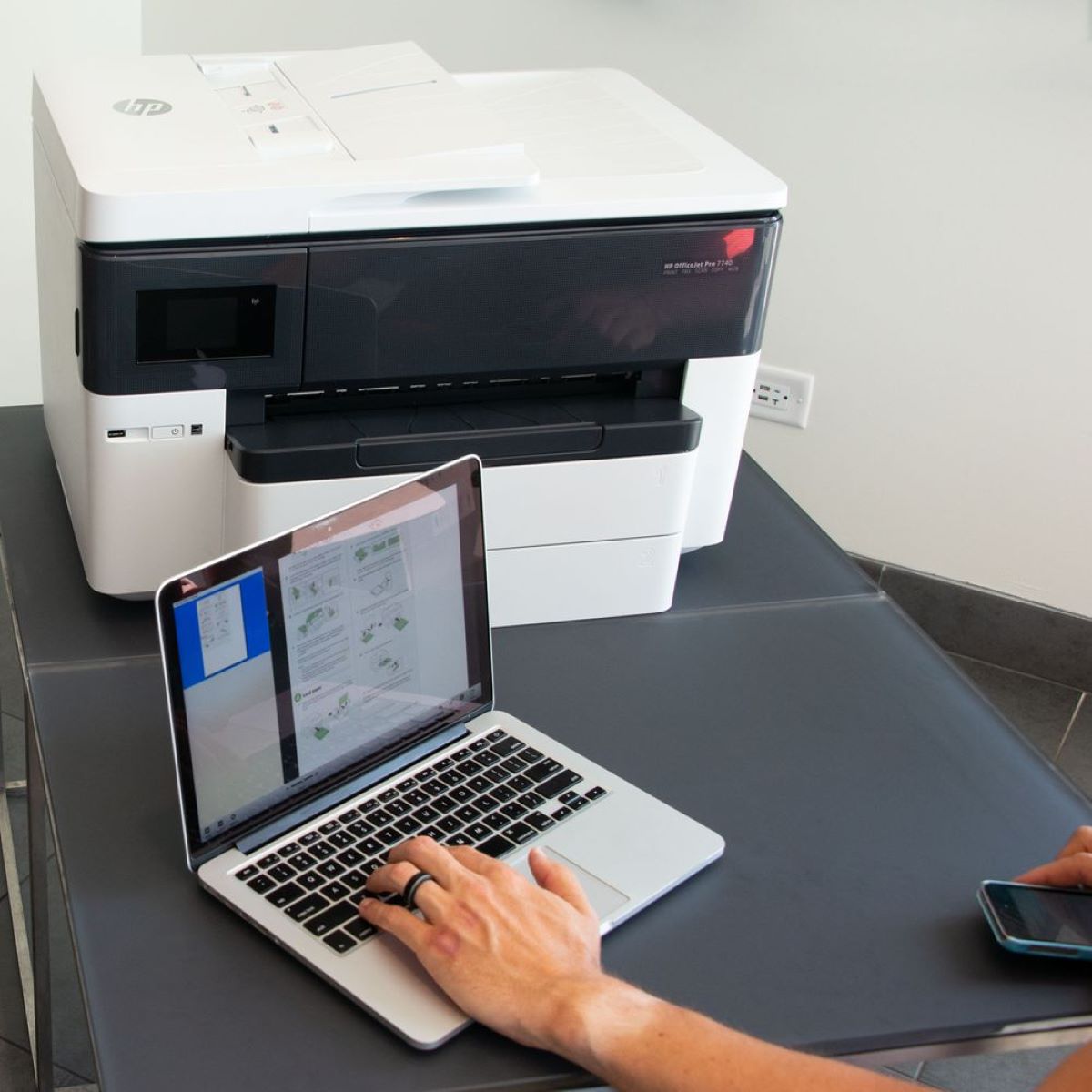
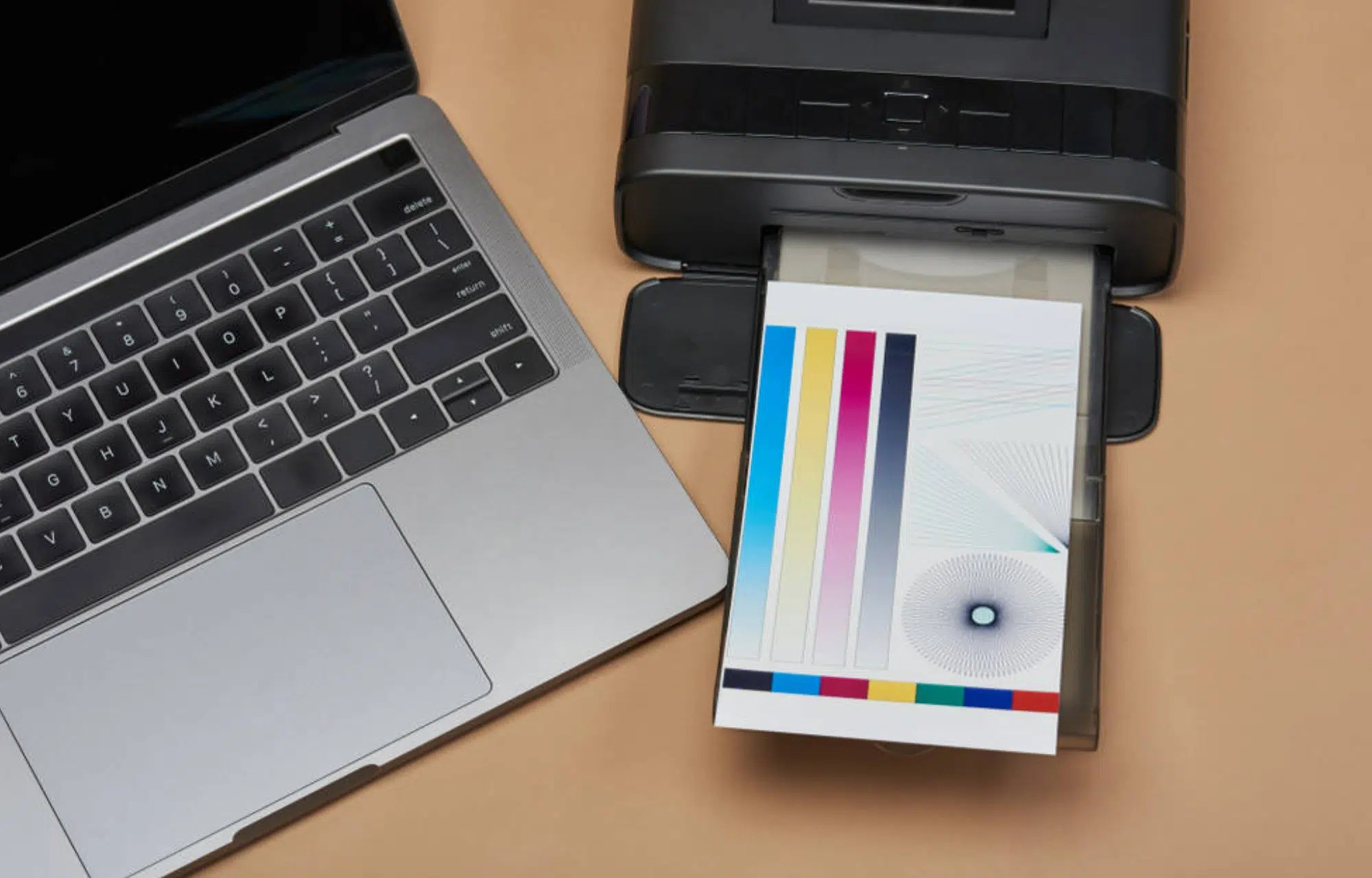

0 thoughts on “What Is The Size Of Printer Paper In Pixels”